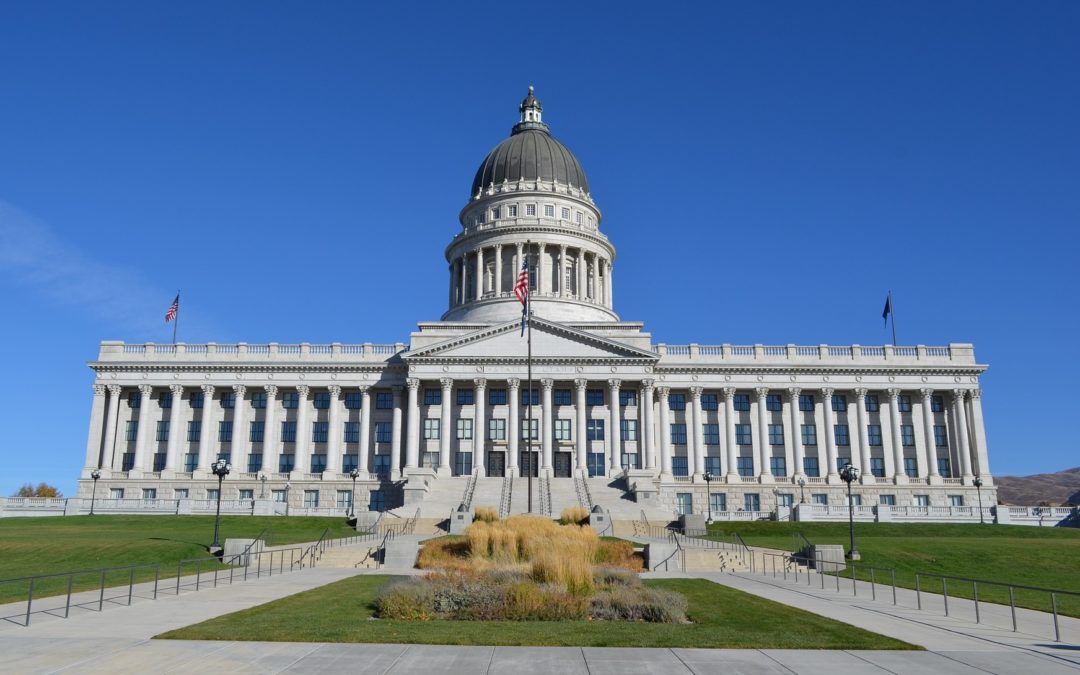By now, most of our readers know that the decontamination limit for meth, in Utah, is 1.0μg/100cm². (For anyone new to our blog, if your property tests higher than 1.0μg/100cm², then the state of Utah requires that you either demolish or decontaminate the building.)
Furthermore, we ought to remind you that only Certified Decontamination Specialists or the owner of record (not their family or friends) may enter a contaminated building. (To learn more about Utah Laws and Regulations, feel free to visit our other blogs or Utah’s Administrative Code: R392-600.)
That’s all well and good, but how exactly were these regulations set?
Well, there’s a lot that goes into that answer, and the Utah Department of Health did a great job laying it out on their website. Since they were so thorough, we’ll let you visit them for more in-depth reading. However, in the spirit of convenience and education, we thought it would help to have a quick summary of that topic here.
How The Utah Decontamination Limit Was Set
- In 2004, the Utah State Legislature enacted the “Illegal Drug Operations Site Reporting and Decontamination Act.” That act directed the Utah Department of Health (UDH) to create rules for the decontamination of Utah properties. As such, the Environmental Epidemiology Program (which is part of UDH ) worked with consultants and reviewed other state’s standards. From that investigation, they created Utah’s administrative code: R392-600.
- Given the available information in 2004, UDH initially set Utah’s decon limit as 0.10μg/100cm² (also known as nondetectable.) Of course, this would change as more research and scientific literature emerged. For instance, Madden et al. eventually found that the daily reference dosing for meth (for human infants) is ‘just below’ 1.0μg/100cm². (A reference dose is the largest amount of a toxic substance you can ingest, inhale, or absorb without suffering health-related consequences.)
- Based on Madden’s research, and other reference dose models, Utah raised its decon standard to 1.0μg/100cm² in 2010.
Going Forward
As you can see, UDH adapts its laws to reflect recent scientific advancements. However, you should keep in mind that not everyone agrees on what the decon limit should be. Australia, for example, has a national standard of 0.5μg/100cm². Their lawmakers opted for a stricter limit due to increased trends of meth use in that country, and to account for more vulnerable populations.
So yes, while reference dosing limits are generally a good measure of safety, each situation is different. In other words, there are scenarios where a stricter (or nondetectable) standard might better meet your needs. In short, it’s important to know your state limits and their justifications so that you can make informed decisions for your home and family.
For help with figuring out what decontamination limit is right for you, call a Certified Decontamination Specialist in your area. If you’re in Utah, that’s us. AEI Decon offers free consultations to all Utah residents. Give us a call, and we’ll help you figure out your next step: (801) 888-6698.

